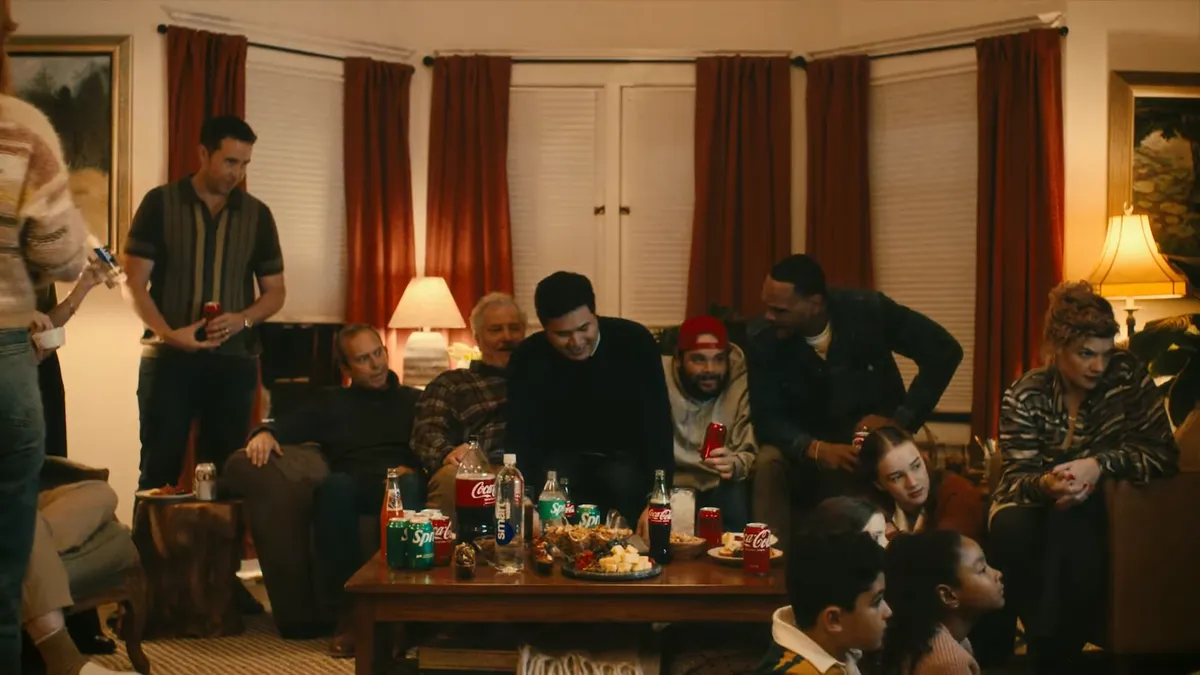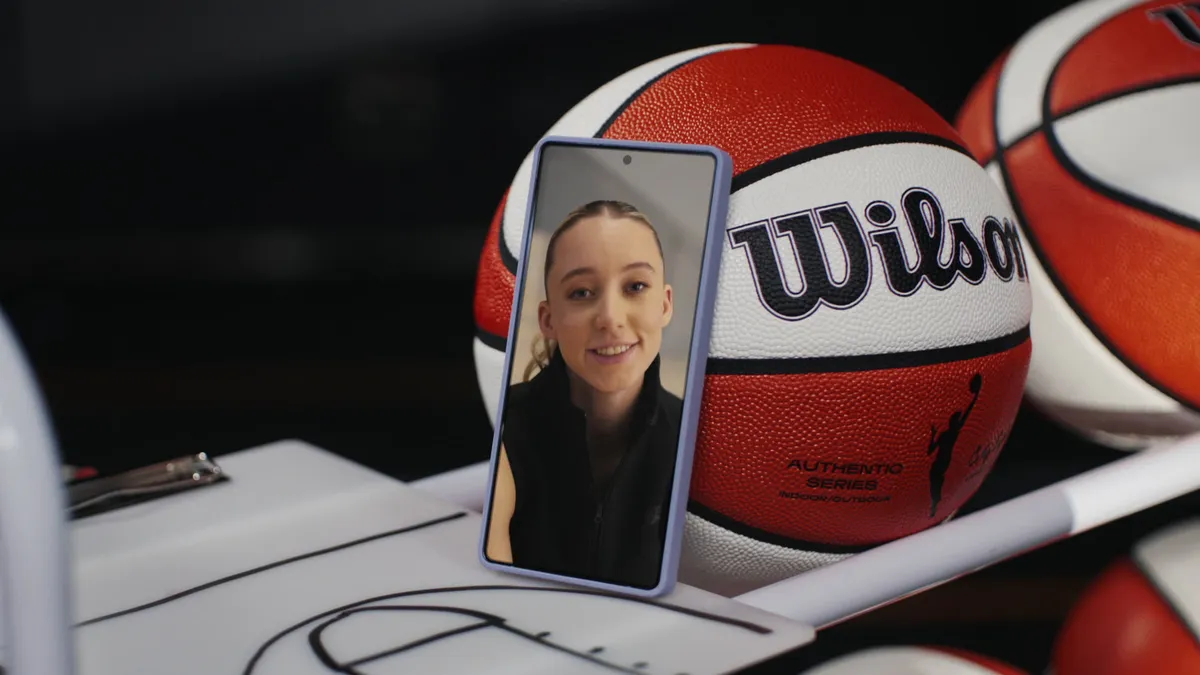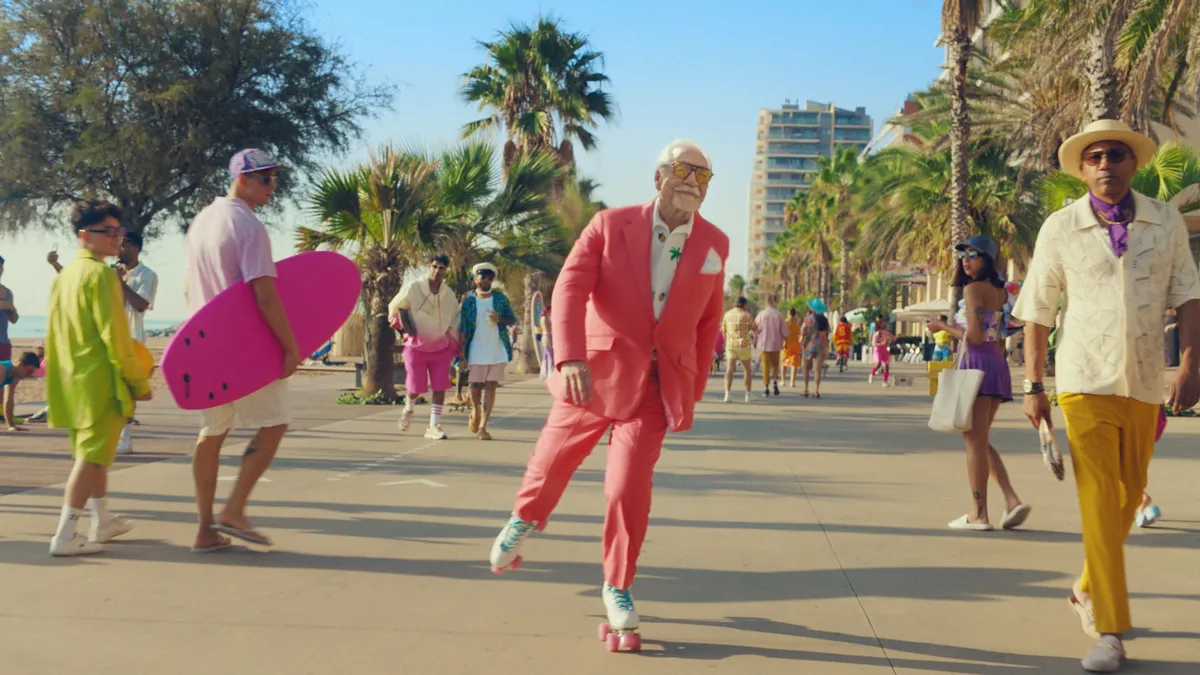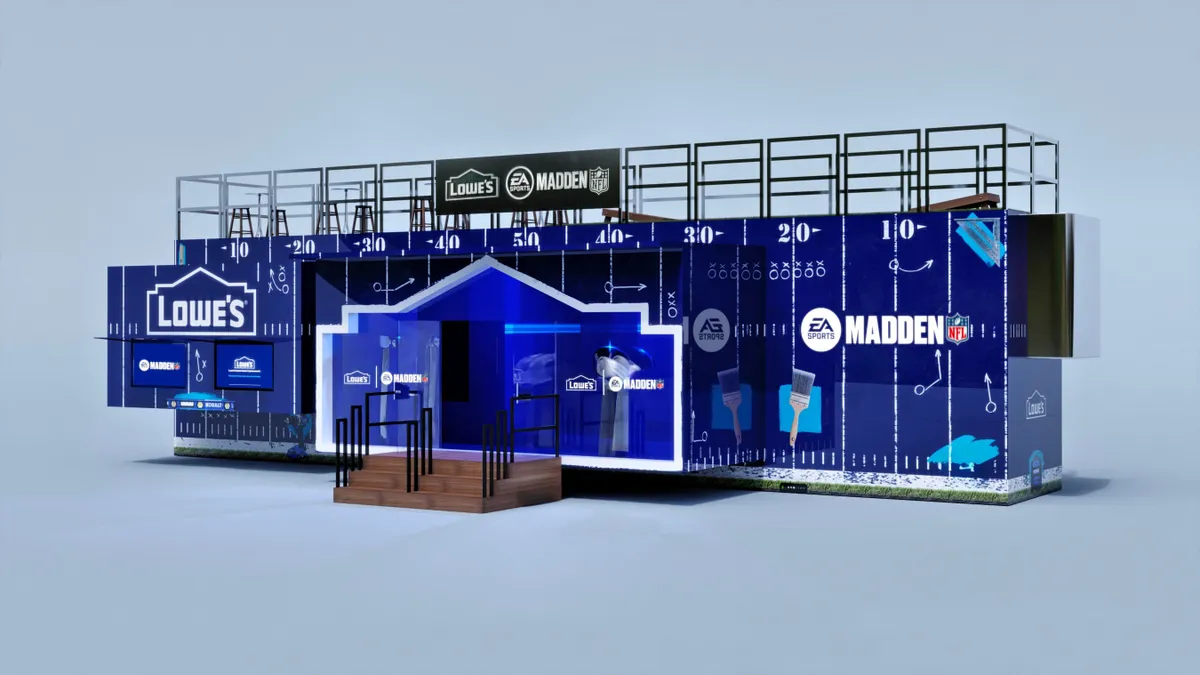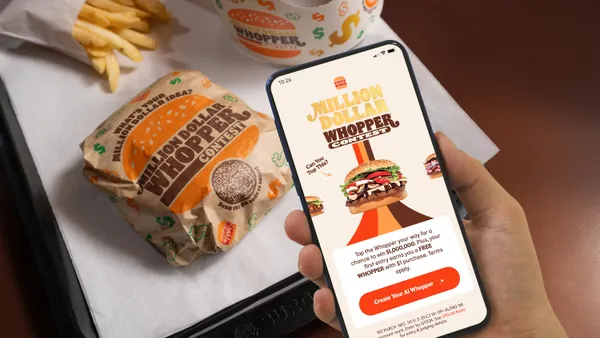The Coca-Cola Company is hoping to start the year strong with creative that connects the dots between the marketer's family of products and family gatherings. Notably, the campaign brings together its portfolio of brands within a single spot for the first time.
"When we talk portfolio, it is usually more of a register- and sales-driving move. That's obviously how people see us at the shelf. But [Coca-Cola Chief of Marketing Shakir Moin] is always pushing us to try to give consumers goosebumps," said Alex Ames, director of content and creative excellence at Coca-Cola North America. "We're really looking to tell the story of that perfectly imperfect family, similar to the perfect family of products that we have at Coca-Cola, and once we started unpacking that, that is where the magic happened."
The campaign developed out of conversations with partners at Majority, a diversity-focused creative agency that is part of Coca-Cola's OpenX arrangement with global marketing partner WPP (the holding company acquired a 30% stake in Majority last year). The central idea flowed from taking Coca-Cola's standing as a sponsor for major properties like the Olympics and the World Cup and bringing it into the home, making the brand the "proud sponsor" of moments that matter most.
The result is "New Guy," a spot directed by Christopher Storer, creator and showrunner for Hulu’s hit series "The Bear," who has made capturing the chaos of perfectly imperfect families his stock in trade. The ad, in 30- and 90-second versions, recalls "Fishes," a second-season episode of the show that focused on an intense Christmas dinner — perhaps unusual inspiration for an ad from the beverage giant.
Majority presented an idea that was part "The Bear" and part Homer's “Odyssey,” and through some serendipity, Coca-Cola was able to work with half of that formulation through production partner Smuggler, Ames explained.
"Homer died over 2000 years ago, so to be able to work with the other inspiration in Chris Storer was just an incredible stroke of luck," he said.
"New Guy" captures the experience of bringing home a new paramour for the first time. The spot captures the chaos of a family gathering at the holidays, with food in the oven, kids under foot and sports on TV. The "new guy" meets a handful of family members — all of whom mistakenly assumed he would be short — on his way to securing a firm handshake with the family's patriarch.
In pre-production, one of Coca-Cola's few notes was that the brand's products would be a central part of the cast, and they are organically woven into the narrative, including drinking Sprite to cool down after a bite straight from the oven, Honest juice boxes for the kids and the weird relative and a Coke Zero Sugar brandished during a sports argument.
"A lot of brands out there in the world couldn't do a story like this, but we're lucky where we have these brands that are all so well-defined with their place in the portfolio," Ames noted.
To create an ad focused on family and a family of products, Storer used as much of the family-like cast and crew from "The Bear" as possible. In kind, Ames describes the client-agency side of video village as a family affair, with many relationships across the divide dating back years.
"It was just this unbelievable family feel, and with family comes trust. We got the script and we got what was boarded, but there was trust that comes with family, and bringing new people into your family, just like the spot," Ames explained. "It gave the freedom of letting Chris Storer do what Chris Storer does so well."
Apart from the TV spot production, the campaign is backed by almost 40,000 individual pieces of creative that will run across programmatic, out-of-home, display and beyond. The assets align consumer insights around product, messages and imagery to let the marketer mix-and-match to find the best incremental opportunities.
Despite the high volume of creative assets, the work was primarily done by humans — not generative artificial intelligence, even though Coca-Cola has quickly become a leader in applying the tech in advertising. Instead of AI driving creative ideation or asset creation, Ames says the technology can help automate some of the insight generation on the back end. Plus, the wealth of creative can now be used to help train AI to do more in the future, especially around how the ad is served.
"There are some things that we're not necessarily, as an industry, comfortable with giving AI complete carte blanche," Ames said. "We've been leveraging it, but how does it augment the human creativity that an agency like Majority and WPP brings to the table?"



